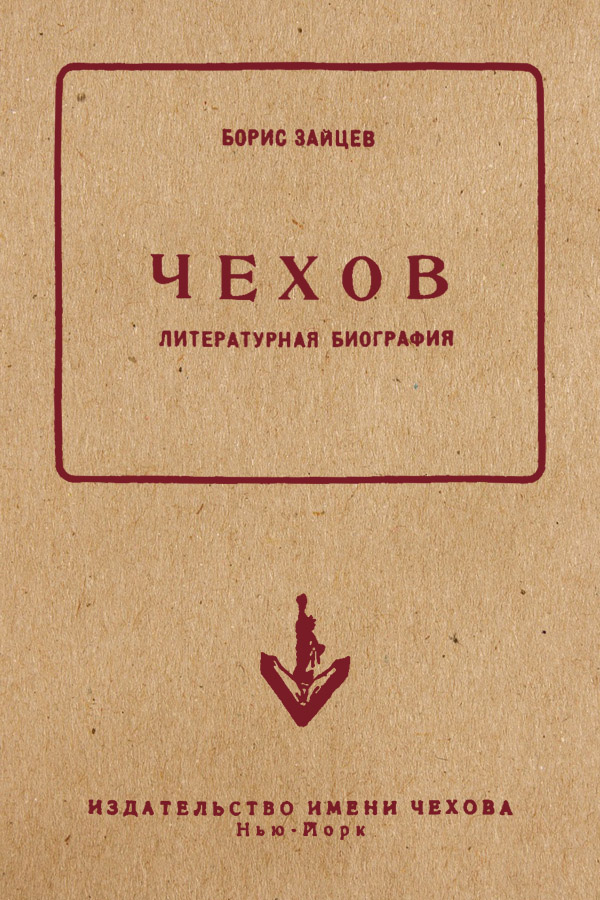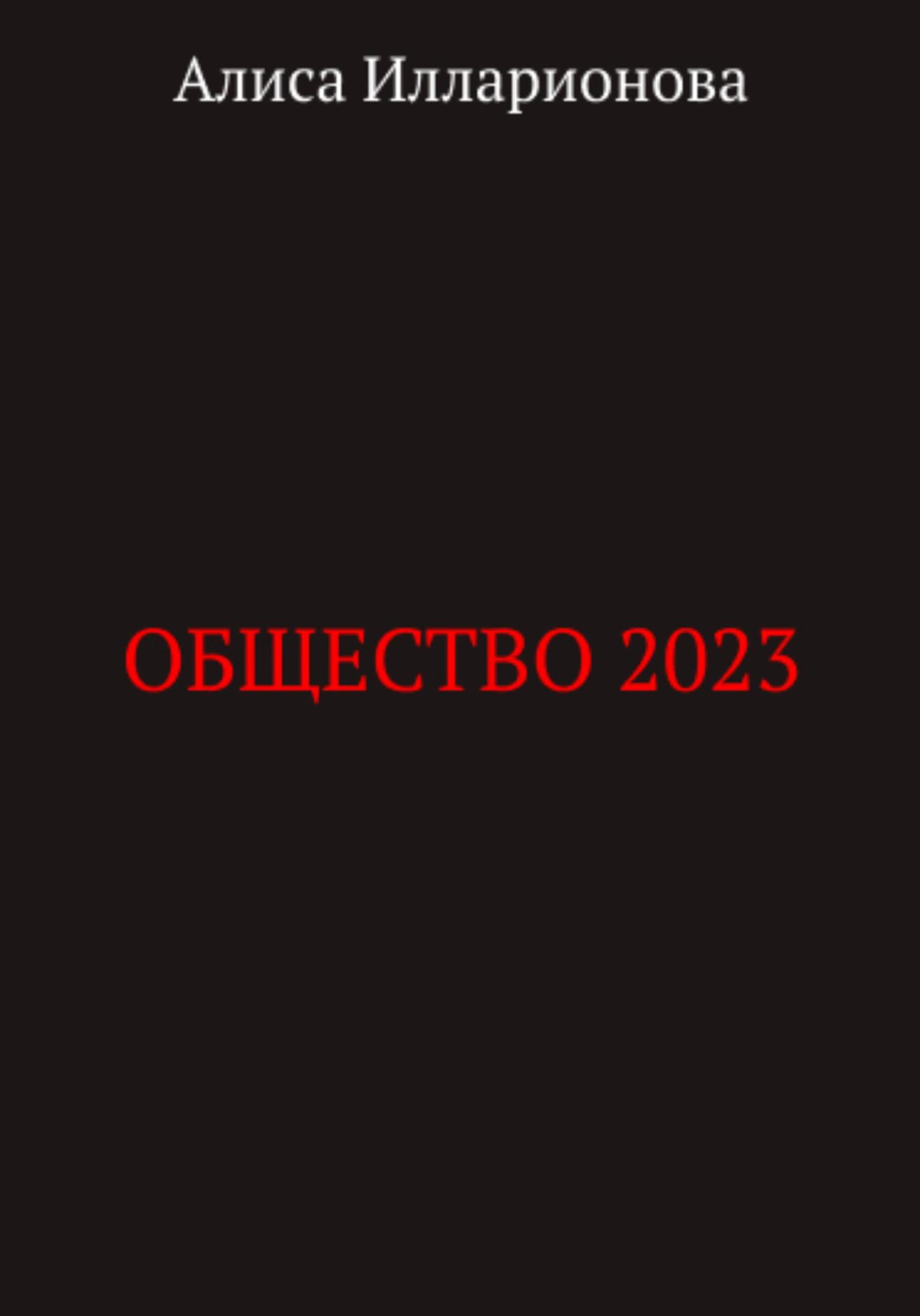Ознакомительная версия. Доступно 23 страниц из 112
the Fourth Five-Year Plan.”
Он был фактически одержим: Teichmann, “Canals, Cotton, and the Limits of De-colonization in Soviet Uzbekistan.”
Это было масштабное мероприятие по переселению на принудительные работы: Pohl, “A Caste of Helot Labourers: Special Settlers and the Cultivation of Cotton in Soviet Central Asia.”
То же самое делал Муссолини: Brain, “The Great Stalin Plan for the Transformation of Nature.”
Вместе их именовали: Shaw, “Mastering Nature Through Science.”
В 1953 году он отметил, что результаты: Nikita Khrushchev, “On Measures for the Further Development of Soviet Agriculture,” September 3, 1953.
При Хрущеве, а потом при Брежневе: Chida, “Science, Development and Modernization in the Brezhnev Time.”
Хозяйства были настолько неэффективными: Kelly et al., “Large-Scale Water Transfers in the USSR.”
После ухода из Администрации долины Теннесси: Gulhati, Indus Waters Treaty, 91.
В конце концов благодаря вмешательству: Guha, India after Gandhi, 74.
Лилиенталь описывал Кашмир: Lilienthal, “Another Korea in the Making?”
Это «водонапорные башни» Африки: Viviroli et al., “Assessing the Hydrological Significance of the World’s Mountains.”
Государства постколониальной эпохи унаследовали: Herbst, “The Creation and Maintenance of National Boundaries in Africa.”
Это означало, что реки протекают: Collier, “Africa: Geography and Growth,” 235.
Эта проблема стала еще более очевидной: Mavhunga, “Energy, Industry, and Transport in South- Central Africa’s History.”
Эта федерация официально выступала: Hyam, “The Geopolitical Origins of the Central African Federation.”
Это круглогодичный источник воды: Moore et al., “The Zambezi River.”
Ставшая широкодоступной передача электроэнергии: G. J. Williams, “The Changing Electrical Power Industry of the Middle Zambezi Valley.”
Так между водопадом Виктория и Кахора-Баса: Burdette, “Industrial Development in Zambia, Zimbabwe and Malawi: The Primacy of Politics,” 96.
Это была смелая ставка на государственное развитие: Tischler, Light and Power for a Multiracial Nation, 1.
На тот момент это оказалось самым быстрым и окончательным уничтожением: Hughes, “Whites and Water: How Euro-Africans Made Nature at Kariba Dam.”
18. Великое ускорение
Если у кого-то когда-нибудь возникали сомнения в том: Lilienthal, “Another Korea in the Making?”
Глава Всемирного банка Юджин Блэк: Alacevich, The Political Economy of the World Bank, 2.
Блэк отправил премьер-министрам обеих стран письмо: Gulhati, Indus Waters Treaty, 95.
Консультантом банка был: The World Bank/IFC Archives, Oral History Program. Transcript of interview with General Raymond Wheeler. Oral History Research Office, Columbia University, July 14, 1961.
Описывая Инд: Gulhati, Indus Waters Treaty, 18.
Таким образом, делили реки, а не воду: Gilmartin, Blood and Water, 216.
По этой причине в соглашении также указывался: Salman, “The Baglihar Difference and Its Resolution Process – a Triumph for the Indus Waters Treaty?”
Если это не удается, страны могут: Briscoe, “Troubled Waters: Can a Bridge Be Built over the Indus?”
На момент начала процесса: Gulhati, Indus Waters Treaty, 39.
Она занимает площадь: Badruddin, An Overview of Irrigation in Pakistan.
Она начинается на высоком плато: Taddese et al., The Water of the Awash River Basin a Future Challenge to Ethiopia.
Особенно привлекательным выбор Аваша делала: Wood, “Regional Development in Ethiopia.”
Их пастбища сократились: Harbeson, “Territorial and Development Politics in the Horn of Africa.”
Писатели (например, Уильям Дюбуа): Adi, Pan-Africanism, vii.
11 ноября 1965 года белые националисты: Tischler, Light and Power for a Multiracial Nation, 3.
Британцы планировали построить: Scarritt and Nkiwane, “Friends, Neighbors, and Former Enemies: The Evolution of Zambia-Zimbabwe Relations in a Changing Regional Context.”
Ее медная промышленность полностью зависела: Anglin, “Zambian Crisis Behavior: Rhodesia’s Unilateral Declaration of Independence.”
К тому времени уже Замбия поставляла энергию: Williams, “The Changing Electrical Power Industry of the Middle Zambezi Valley.”
Слияние национализма и марксистской социалистической идеологии: Tsomondo, “From Pan-Africanism to Socialism: The Modernization of an African Liberation Ideology.”
Плотина Кариба – технология, а не организационная схема: Mavhunga, “Energy, Industry, and Transport in South-Central Africa’s History.”
Движение за независимость обратилось: Showers, “Beyond Mega on a Mega Continent: Grand Inga on Central Africa’s Congo River.”
В своей книге 1961 года «Я говорю о свободе»: Nkrumah, I Speak of Freedom, xi.
Как и у других лидеров континента: Miescher and Tsikata, “Hydro-power and the Promise of Modernity and Development in Ghana.”
В конце концов, как это часто случается: Tignor, W. Arthur Lewis and the Birth of Development Economics, 193.
Уникальность места в том: Showers, “Beyond Mega on a Mega Continent: Grand Inga on Central Africa’s Congo River.”
Однако под давлением других африканских стран: Kaplan, “The United States, Belgium, and the Congo Crisis of 1960.”
Так случилось, что в 1961 году: Rosenblith, Jerry Wiesner: Scientist, Statesman, Humanist, 286.
Требовались умения, понимание: Hassan and Lai, Ideas and Realities: Selected Essays of Abdus Salam, 161.
На следующий день Ревелл, Визнер и Салам: Rosenblith, Jerry Wiesner: Scientist, Statesman, Humanist, 288.
Томас был директором водной программы: Revelle, “Oceanography, Population Resources and the World,” 45.
Рабочая группа несколько раз ездила: Interview of Roger Revelle by Earl Droessler on February 3, 1989, Niels Bohr Library & Archives, American Institute of Physics, College Park, MD USA. Проверено 31 июля 2020. www.aip.org/history-programs/niels-bohr-library/oral- histories/5051.
Рабочая группа предложила поделить всю территорию: Revelle, “Mission to the Indus.”
В 1960-е годы программа расширилась: Gilmartin, Blood and Water, 235.
В конечном счете появилось примерно 15 000 трубчатых колодцев: van Steenbergen and Oliemans, “A Review of Policies in Groundwater Management in Pakistan.”
К 2006 году это число увеличилось на 60 %: Gilmartin, Blood and Water, 239.
Проблема заключалась не только в соли: Revelle, “Oceanography, Population Resources and the World,” 53.
Вопрос был не техническим, а социально-экономическим: Revelle, “Mission to the Indus.”
Для выращивания пищевых культур в Пакистане требовалось: H. A. Thomas, “Roger Revelle: President-Elect, 1973.”
Массовой тенденцией в США стал отход: Sneddon, Concrete Revolution, 79.
Комиссия появилась по рекомендации: The World Bank/IFC Archives, Oral History Program, July 14, 1961. Transcript of interview with General Raymond Wheeler. Oral History Research Office, Columbia University, 27.
разработали американские специалисты во главе с географом Гилбертом Уайтом: White, “The Mekong River Plan.”
Линдон Джонсон надеялся, что этот план: Lilienthal, The Journals of David E. Lilienthal, 508.
19. Конец эпохи
«Скалистая плотина будет стоять»: Mao, The Writings of Mao Zedong, 82.
заявив, что Китай через пятнадцать лет превзойдет Британию: Chen, “Cold War Competition and Food Production in China, 1957–1962.”
Этот сектор едва ли мог производить излишки: Meng et al., “The Institutional Causes of China’s Great Famine, 1959—61.”
Следствием такого абсурдного ожидания: Chen, “Cold War Competition and Food Production in China, 1957–1962.”
По одной из оценок: Dikötter,
Ознакомительная версия. Доступно 23 страниц из 112
























